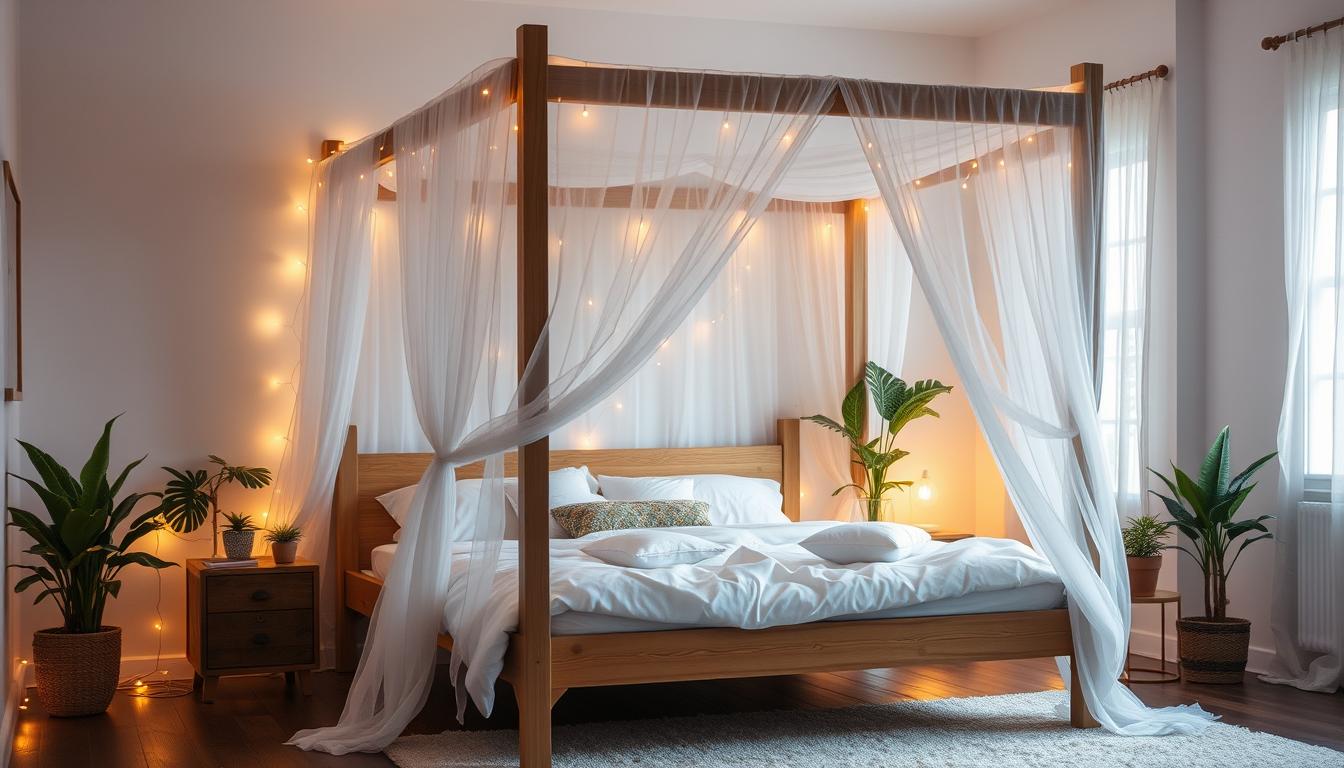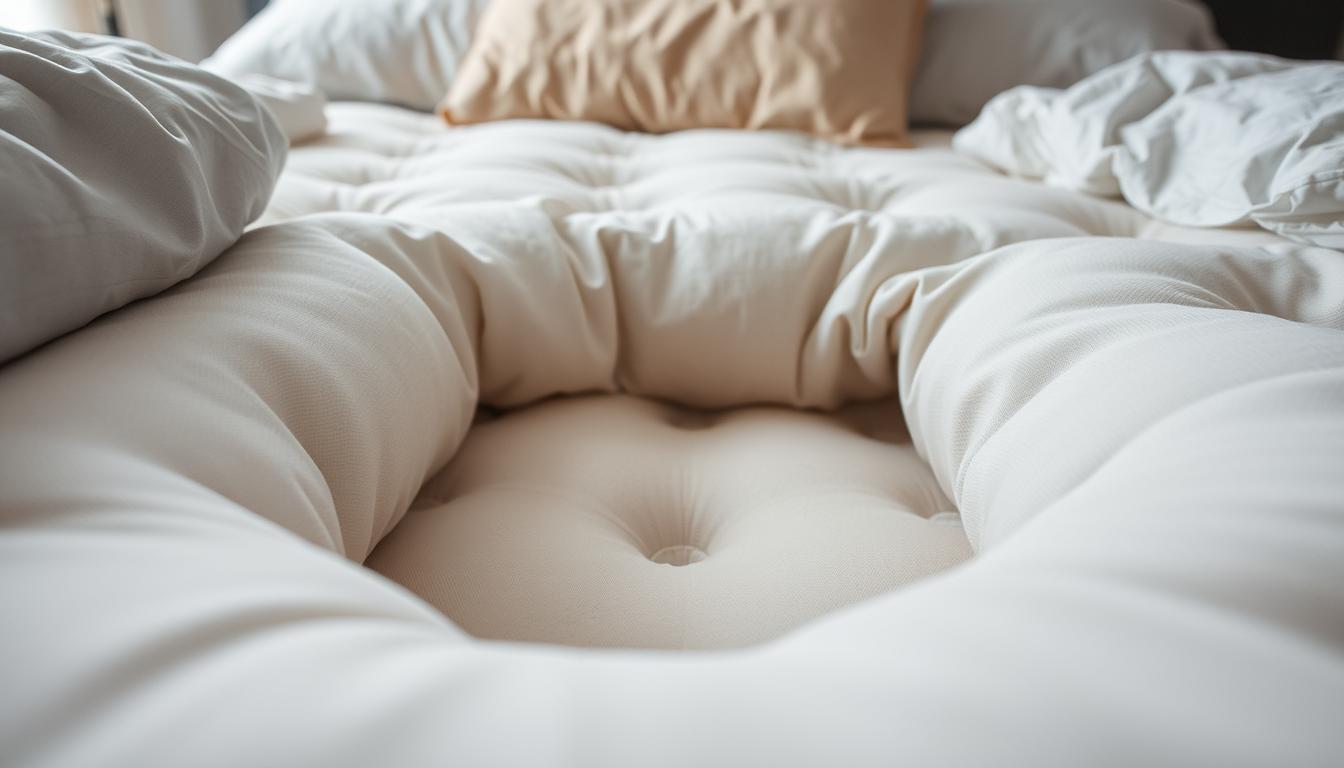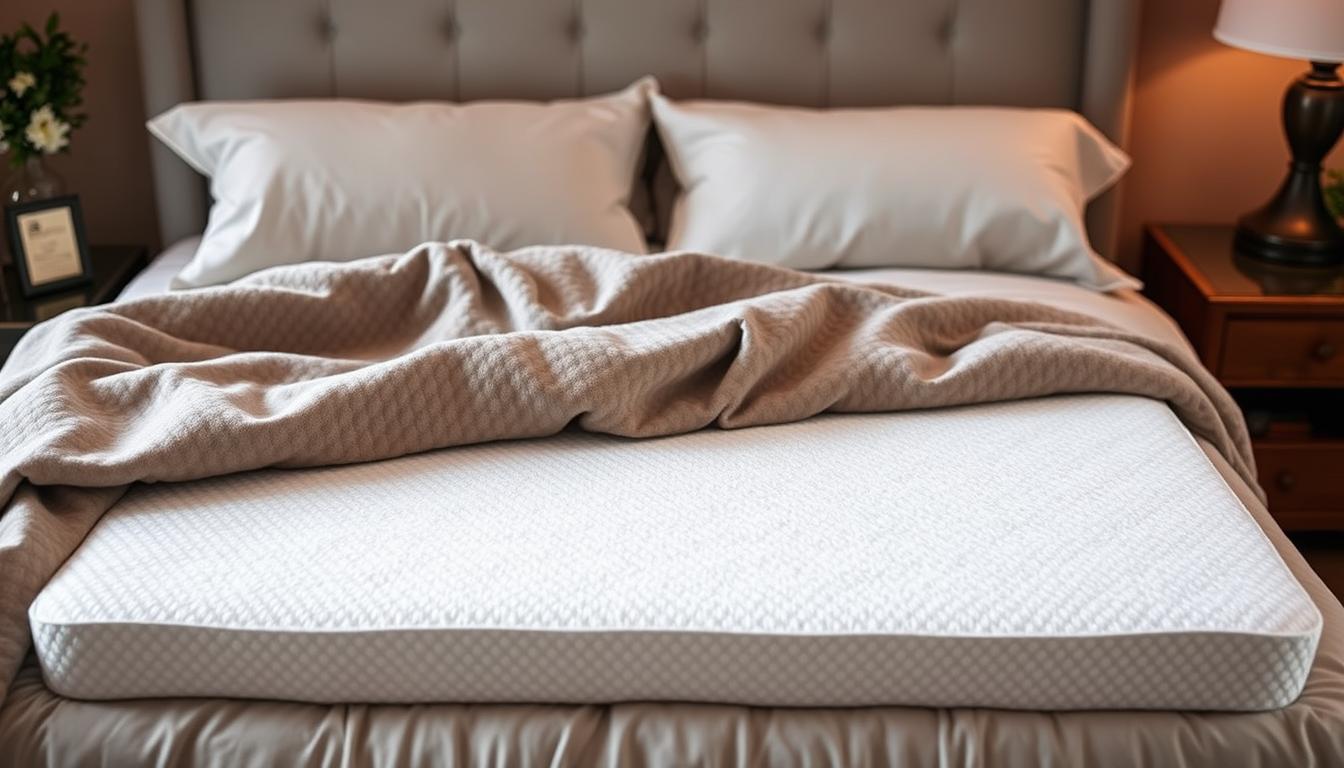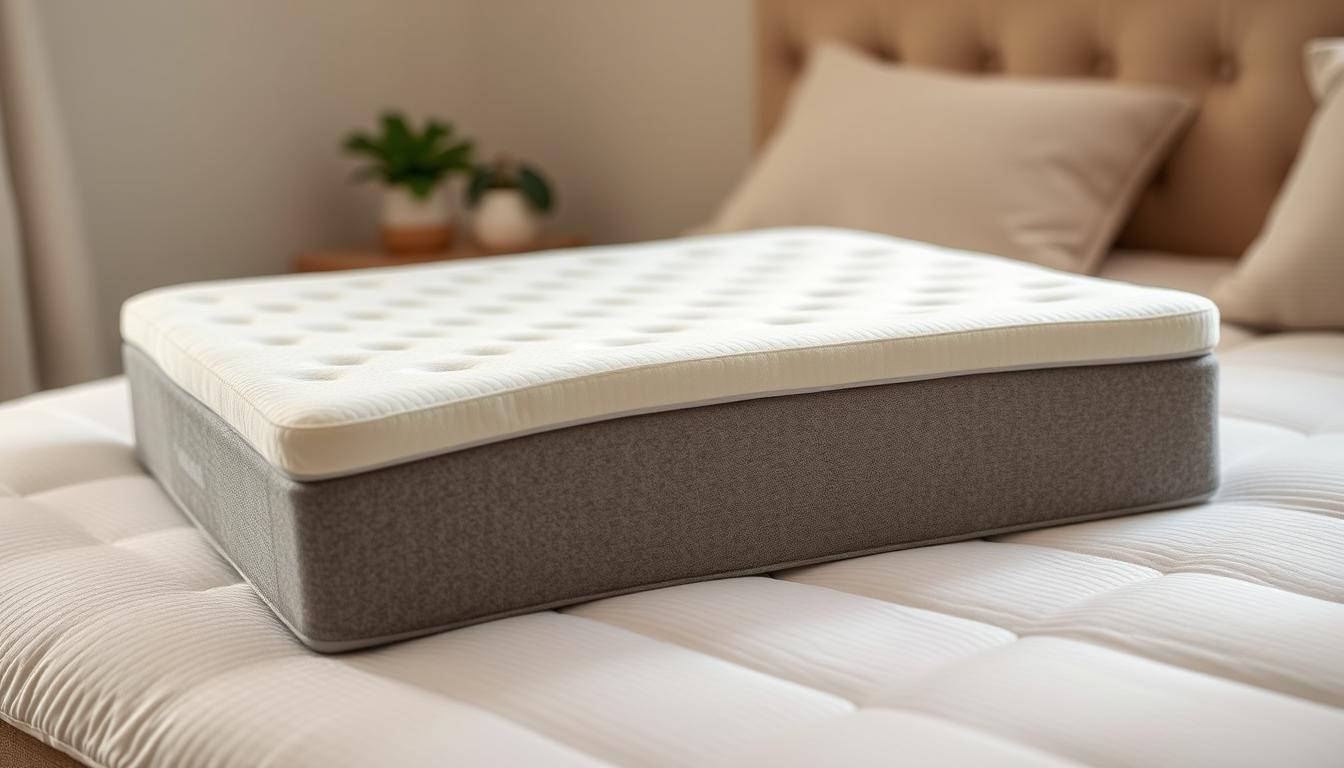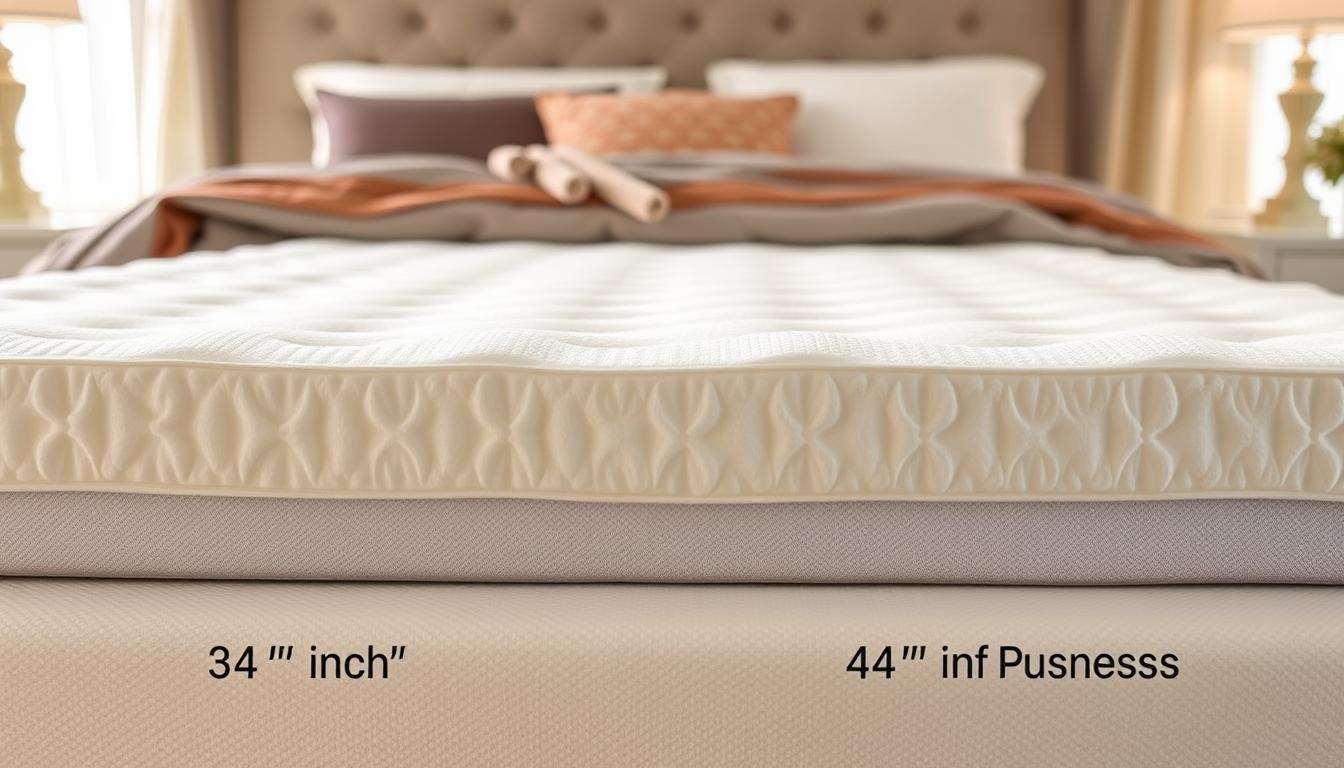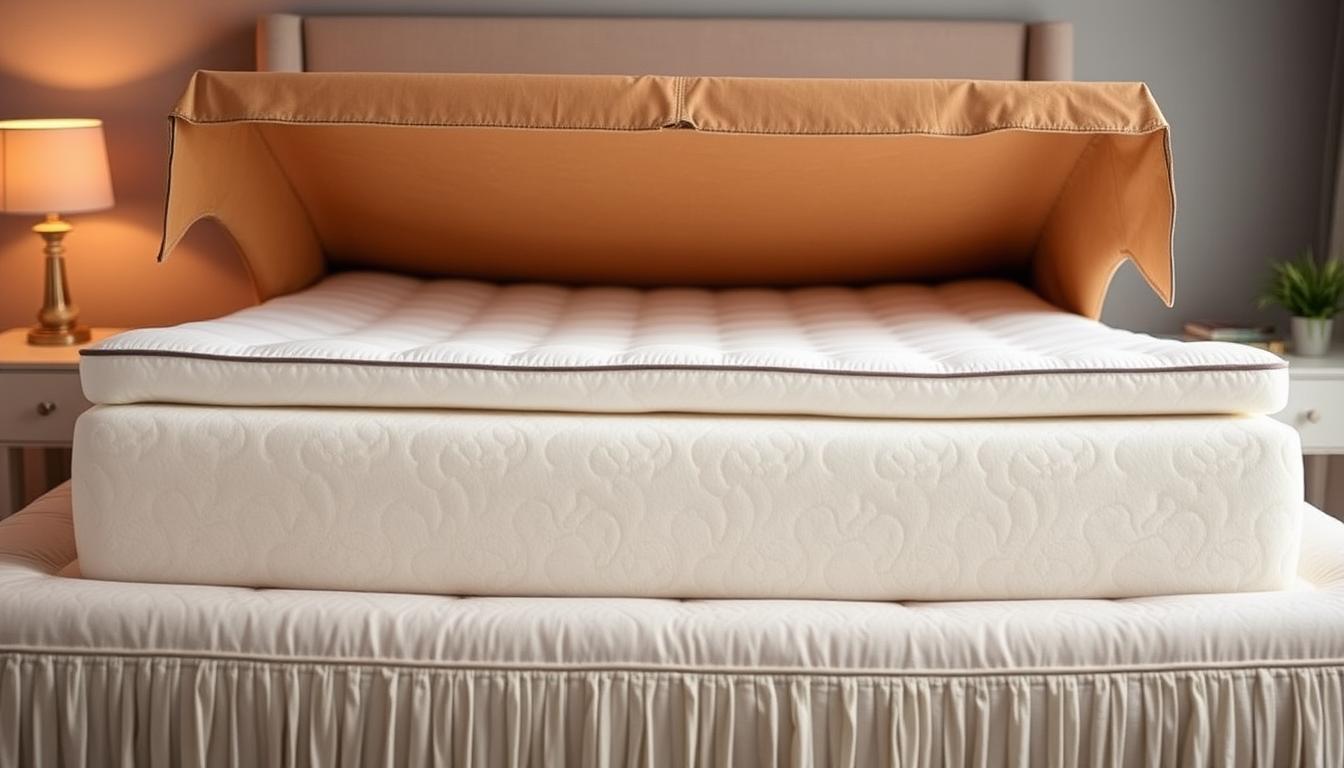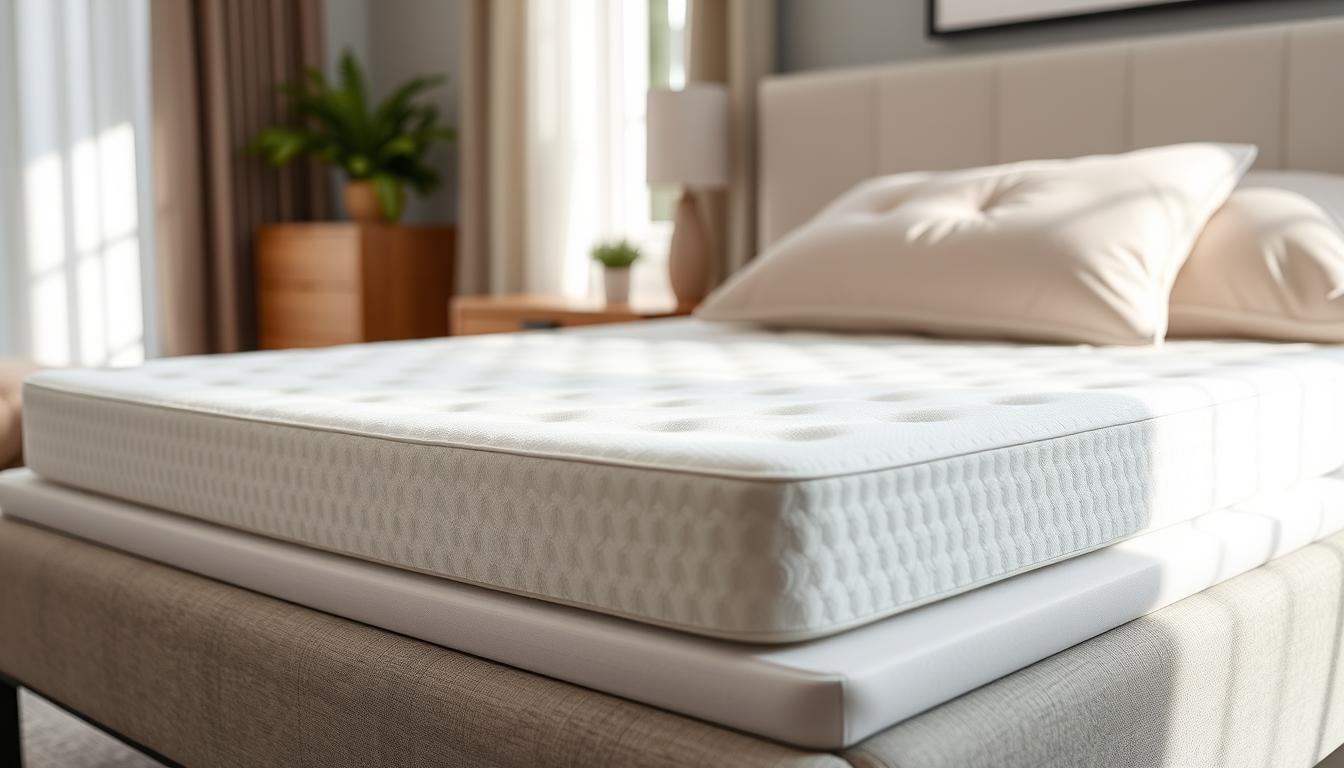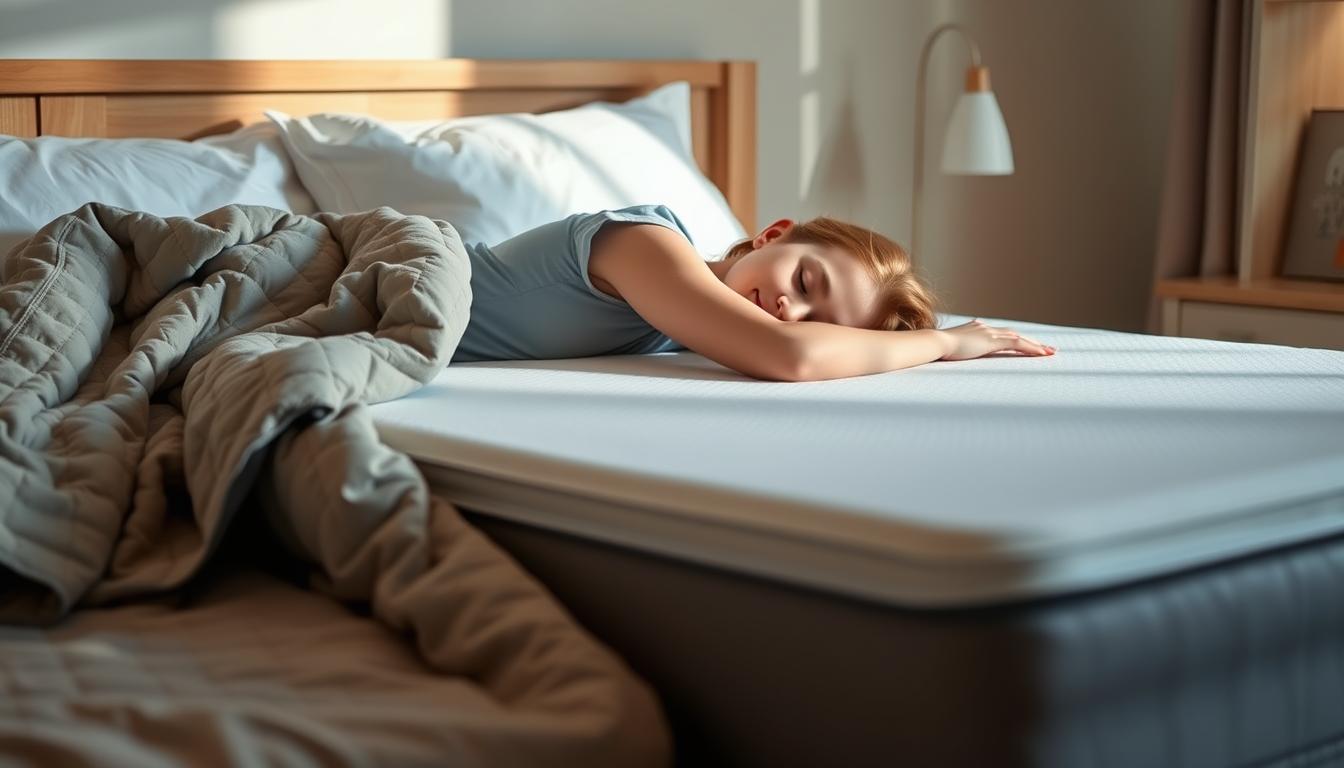DIY Canopy Bed Frames
Make your bedroom more elegant and cozy with a DIY canopy bed frame. Canopy beds add a timeless charm, making your space feel luxurious and intimate. You can choose from classic four-poster designs or modern, simple styles. Building your own canopy bed can save money. It lets you design it just the way you want. … Read more

